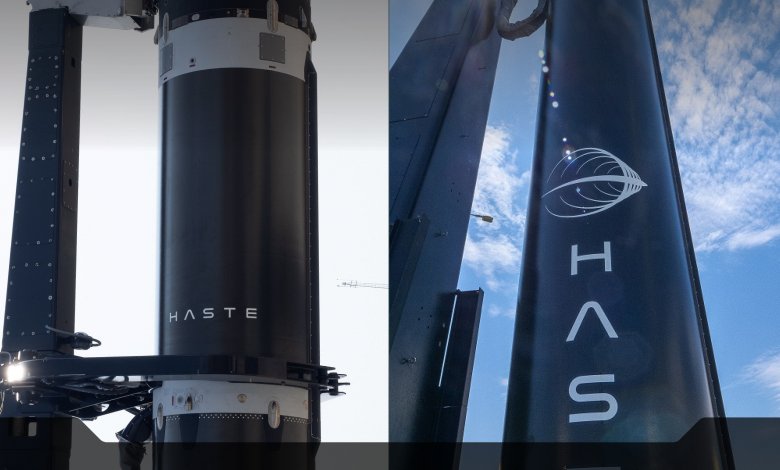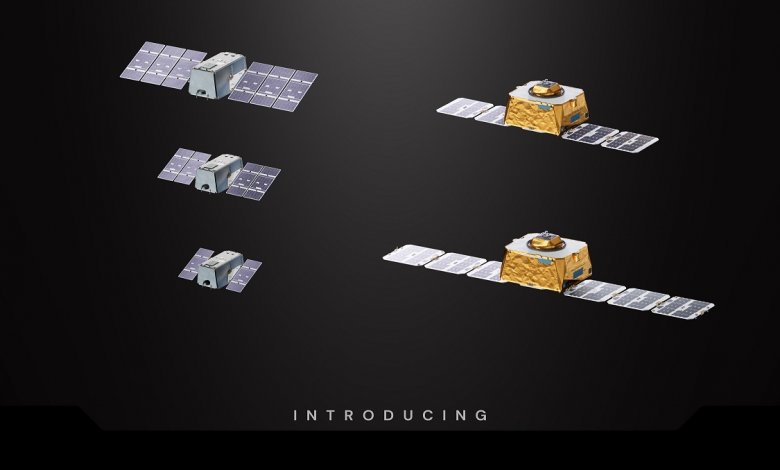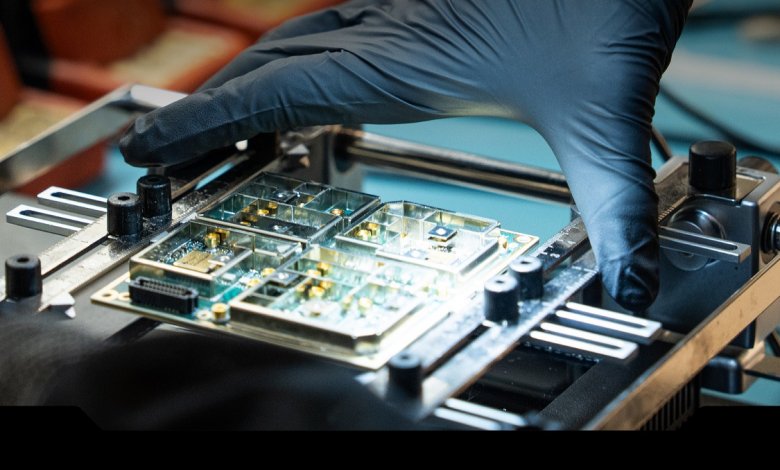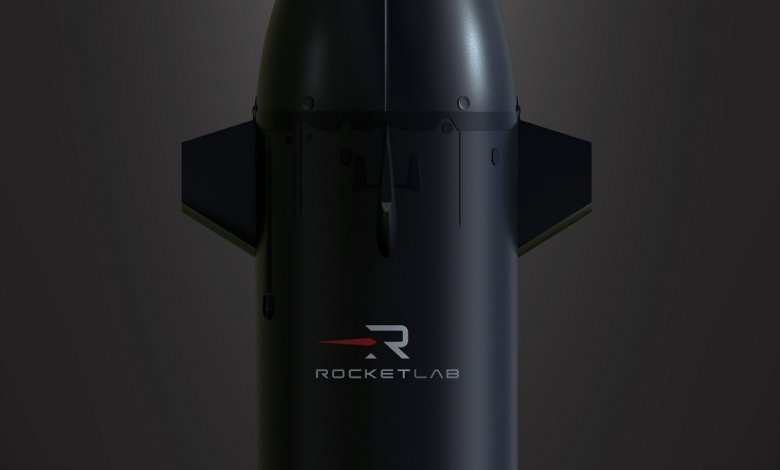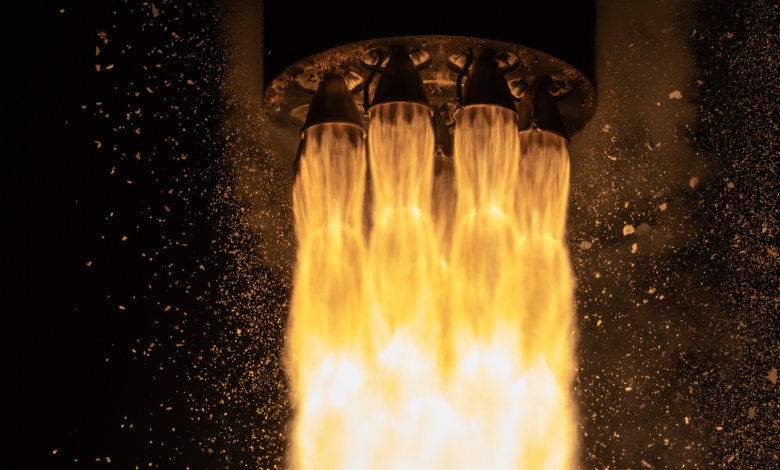How to bring a rocket back from space

Return to Sender Recovery Update
A little over a week on from the Return to Sender mission, our team is still on a high from recovering an Electron booster for the first time. This was a monumental milestone and achievement for our recovery plans and sets us on a strong path to make Electron a reusable launch vehicle. Here’s how it all went down, and what’s next for the Rocket Lab reusability program.
Return to Sender Mission Summary:
- At two and a half minutes after launch, at an altitude of ~80 km, Electron’s first and second stages separated as planned. The second stage continued on to orbit and successfully deployed the 30 satellites on board. Meanwhile, the fun really began for Stage 1 as it commenced its descent. You can check out some seriously amazing footage and incredible audio of this stage separation here: https://youtu.be/Vpsfy4npMhY
- Re-entering Earth’s atmosphere is a brutal experience. We knew Electron’s first stage would be subjected to intense pressure and heat, experiencing flow temperatures in excess of 2400 °C and reaching speeds of 2350 m/s during its descent. We call this potentially destructive process ‘The Wall.’
- One of the ways we set out to survive ‘The Wall’ was by using a reaction control system (RCS) to position the stage as it falls. Using the RCS we are able to reorient the stage to an ideal angle as it descends. We’ve tested the RCS on two previous missions and data showed good positioning, but there’s nothing like getting the stage back to prove it. On Return to Sender, Stage 1 reoriented perfectly, with the RCS performing nicely to position the stage for the perfect re-entry angle of attack. This set us up well for the parachute deployment.
- The key objective we set out to achieve with the Return to Sender recovery attempt was to test the main parachute system. This system is used to slow and stabilize Stage 1 during re-entry and reduce the ocean impact speed low enough that we recover Electron’s first stage in one piece. The system worked flawlessly.
- After decelerating to <Mach 2, and around 7 minutes 40 seconds after lift-off, the drogue parachute on Electron’s first stage was deployed to increase drag and to stabilize the stage as it descended.
- During Electron’s final few kilometers of descent, the large main parachute successfully deployed and dis-reefed to further slow the stage and enable a controlled splashdown. The parachute system behaved perfectly, with expected descent rates, correct timings on deployment events, and nice clean parachute deployments. To the delight of the recovery team, the stage hit the water at nine meters per second; slightly slower than the target descent rate. This rate saw the stage float to a gentle splashdown – just the way we wanted to see Electron take an ocean dip. Check out the view of splashdown the way Electron experienced it here: https://youtu.be/hV2ZSPZBb0I
- Our team on board the “Catch of the Day” recovery vessel was able to locate Electron shortly after splashdown. That first glimpse of an intact Electron bobbing gently on the ocean surface is one we’ll never forget.
- The stage held up remarkably well – not bad after experiencing the trip to space and back in just 13 minutes. The carbon composite structure was completely intact. As expected, the heatshield on the base of the stage suffered some heat damage during re-entry. It was never designed for this load case, but before we strengthen the heat shield we wanted to see just how much heat it could take unchanged. With a wealth of data on this now, our team has already started working on upgrades for future recovery missions.
- With the weather starting to turn, rough seas made getting the stage onto the recovery vessel challenging, but Electron was soon on deck and ready to head home. Within 48 hours, we had the stage back in our production complex and undergoing inspection.
- Our team has now launched 16 Electron rockets, and many more have been built and are lined up on the production floor ready for launch in the coming weeks and months. Each one is a precision manufacturing process, requiring meticulous care from our team. So, it feels strange to be dissecting a stage and pulling it to bits to gain as much insight as we can into how Electron copes with the tremendously brutal experience of re-entry, but that’s exactly what the team is doing now. Every inch of the recovered stage is being inspected and analyzed to help us refine the recovery systems ahead of the next attempt.
- We achieved everything we set out to with the Return to Sender mission, and now we’re confident Electron can become a reusable launch vehicle, so it’s onto the next one. In early 2021 we’ll launch another recovery mission, very similar in profile to Return to Sender - another parachute deployment and ocean splashdown (no helicopters just yet). One set of data is great, but we’re a conservative bunch and want to validate everything a second time before we move to the next phase of recovery.
- For now, our team has determined that Stage 1 came back in such good condition that we will re-qualify and re-fly some components. More updates on this to come.
We couldn’t have asked for a better outcome of our first recovery attempt and the team is thrilled. When we established the Electron program, we set out to open access to space for small satellites to make it easier, faster, and more cost effective for them to reach orbit. More than three and a half years after our first launch, and with almost 100 satellites on orbit for our customers, we’ve done just that. Reusability is about taking that up a notch. It means faster and more frequent launch opportunities and reduced launch costs. We’re delighted to be making that a reality for small satellites and by doing so, opening up a new era of possibility in orbit.




